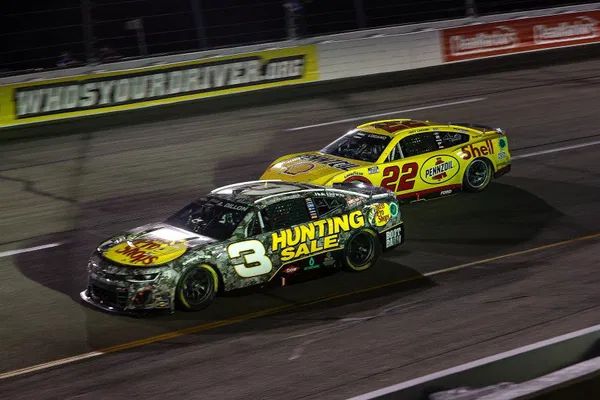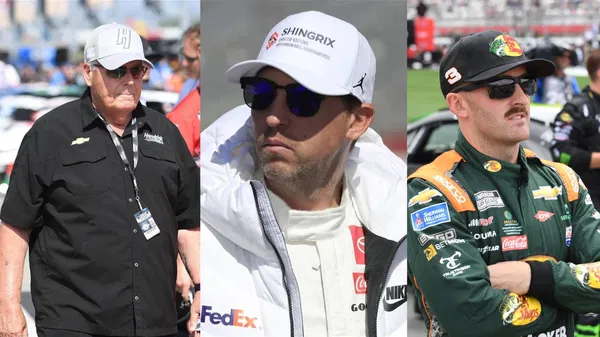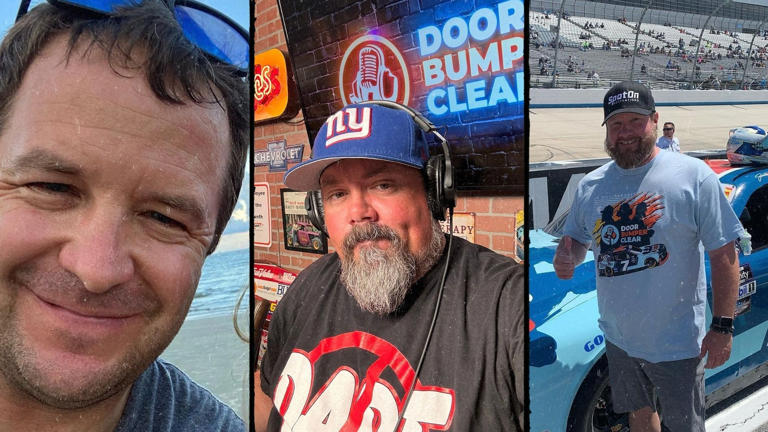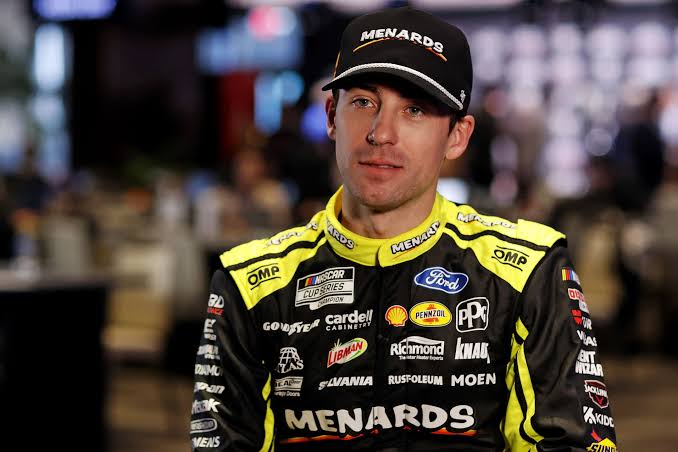Brad Keselowski weighed in on Austin Dillon’s penalty after the Richmond race, saying NASCAR tried hard to establish clear boundaries. Dillon’s controversial actions—taking out Joey Logano and crashing Denny Hamlin before claiming victory—sparked outrage in the Cup garage, with many calling for strict repercussions. However, NASCAR’s reversal of its initial decision has left drivers, including Hamlin, uncertain about what constitutes a violation.
NASCAR has a track record of inconsistent rulings, which often raises eyebrows. Rick Hendrick’s team, for example, seemed to escape harsher penalties in the past. In 2023, Kyle Larson was granted a waiver for the Coca-Cola 600, and in March of the previous year, Hendrick Motorsports received the largest penalty in NASCAR history. They were penalized for using modified car louvers during practice for the Phoenix race, but after appealing, the points penalties were dropped. This led many, including Hamlin, to question NASCAR’s fairness and consistency.
Hamlin, despite being directly affected by Dillon’s actions, discussed NASCAR’s inconsistent penalties on his podcast, Actions Detrimental. He drew a parallel to the Hendrick case, noting how NASCAR altered its appeal process following the Hendrick incident, leading to further confusion.
NASCAR rules state that playoff spots can be revoked if race results are tainted by rule violations. However, NASCAR hasn’t provided clear guidance, leaving drivers like Ross Chastain to speculate on what might cross the line. Chastain mentioned that penalties seem inconsistent based on his own experiences, where some infractions were punished while others were overlooked.

Keselowski added that NASCAR often reacts to unforeseen situations, which complicates their decision-making process. Hamlin and other drivers agree that NASCAR’s decisions lack clarity, making it difficult to predict how future incidents will be handled.
In the case of Dillon, his penalty has stirred significant debate among drivers and fans. Some argue that his actions warranted severe punishment, while others believe NASCAR’s inconsistent enforcement of rules casts doubt on the fairness of the penalty. Hamlin, who was impacted by Dillon’s move, seems to sympathize with Dillon, perhaps recognizing the frustration that comes from facing unclear and inconsistent rules.
The controversy surrounding Dillon’s penalty is part of a larger conversation about how NASCAR governs the sport. Drivers like Keselowski and Chastain have voiced their concerns about the lack of consistency in NASCAR’s rulings, which can lead to confusion and frustration. As Keselowski noted, NASCAR often finds itself reacting to new situations rather than proactively setting clear guidelines.
This reactive approach can make it challenging for drivers to understand what behaviors are acceptable and what will result in penalties. The inconsistency in NASCAR’s decisions is a point of contention among drivers, who are left guessing about what will be penalized and what won’t.
Hamlin’s comparison of Dillon’s situation to the Hendrick case highlights the broader issues with NASCAR’s judicial process. The changes made to the appeal process after the Hendrick incident haven’t necessarily brought more clarity, and the lack of transparency continues to be a problem for drivers and teams.
As NASCAR continues to navigate these challenges, the call for more consistent and transparent rulings grows louder. The sport’s stakeholders are looking for clear guidelines that will help ensure fairness and accountability. Without such guidelines, incidents like Dillon’s penalty will continue to stir controversy and raise questions about NASCAR’s ability to govern effectively.
Ultimately, the situation with Dillon’s penalty underscores the need for NASCAR to address its inconsistent rulings. Whether through clearer rules, better communication, or more consistent enforcement, something needs to change to restore confidence among drivers and fans alike. The sport’s credibility depends on it.




